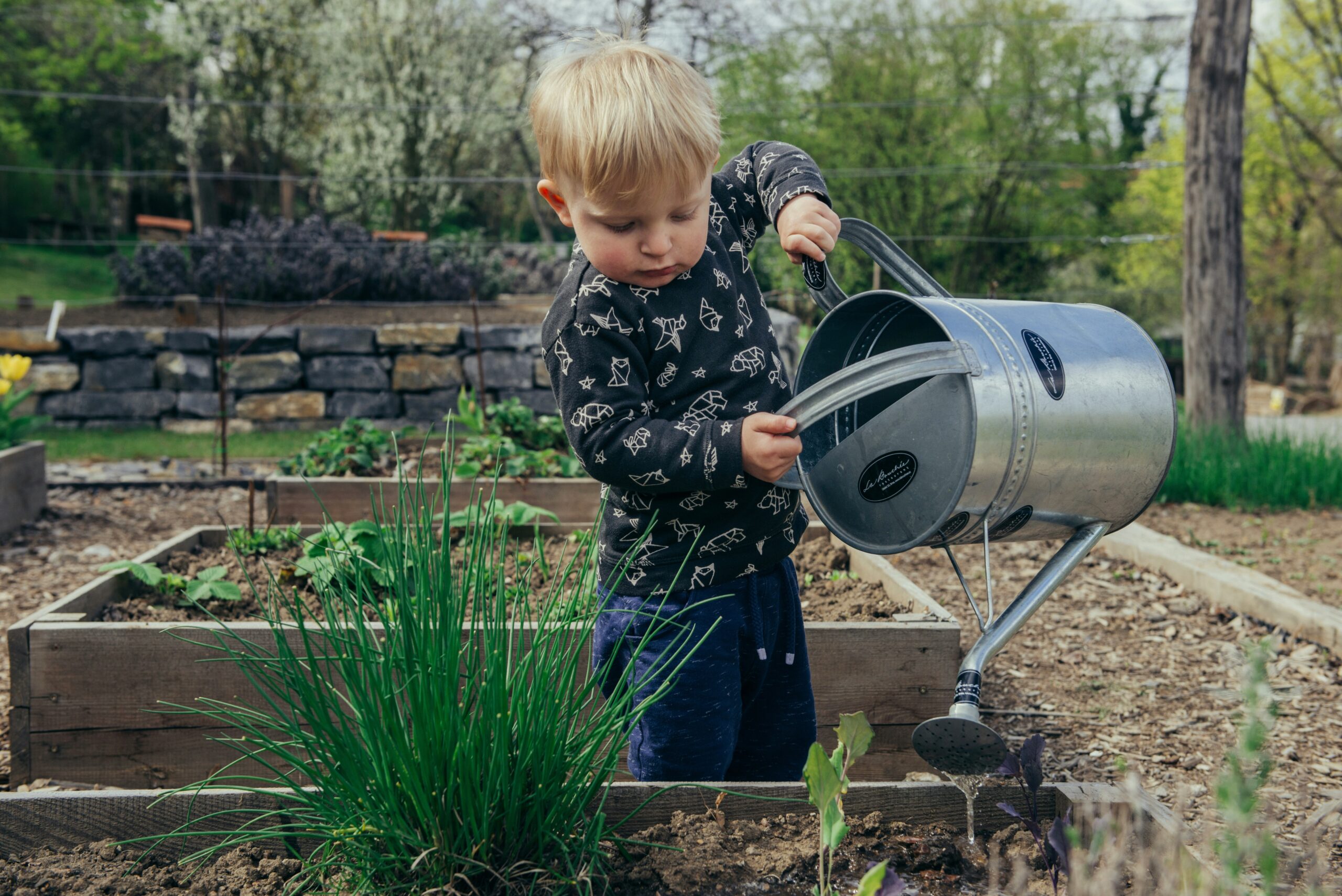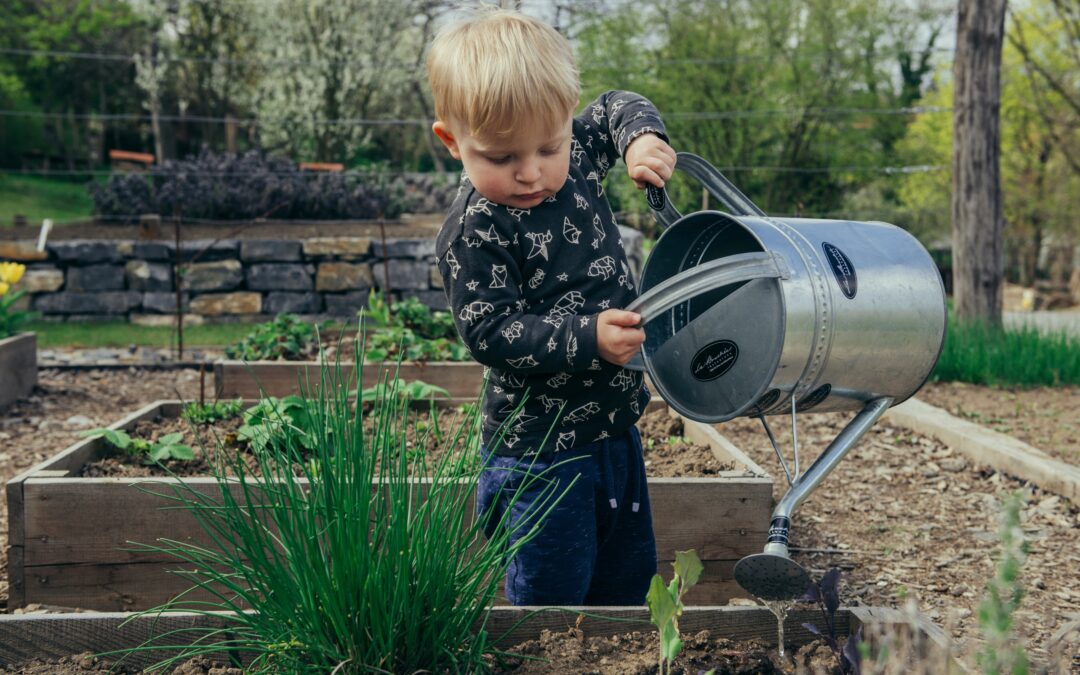
How On-Site Food Production Elevates Your Property and Community
In the hospitality industry, differentiation is key to capturing market share and building a strong brand identity. One of the most effective and innovative ways to set your property apart is through on-site food production. Not only does this approach underscore a commitment to sustainability, but it also brings a myriad of benefits to the community and boosts profitability.
Building Community Connections through On-Site Food Production
On-site food production, such as maintaining a kitchen garden or a small farm, goes beyond just providing fresh ingredients for your restaurant. It creates a vibrant ecosystem where guests can interact with nature and understand where their food comes from. This connection often translates into a deeper appreciation of local agriculture and fosters a genuine bond with the locale, enriching the guest experience.
Distinguishing Your Property from the Competition
Implementing on-site food production is a distinctive feature that sets your property apart in a competitive market. While many hotels offer farm-to-table dining experiences, few can claim their produce is harvested just a few steps from the kitchen. This not only adds a unique selling point but also enhances the dining experience with unparalleled freshness and taste, making it a strong differentiator that attracts eco-conscious travelers.
Elevating Your Brand with Authentic Experiences
Incorporating on-site food production elevates your brand by aligning with the growing trend towards sustainability and ethical living. Guests are increasingly looking for authentic experiences that align with their personal values. By integrating agriculture into your property, you provide these meaningful experiences, effectively boosting your brand’s appeal and loyalty among a broad demographic, especially among millennials and Gen Z travelers who prioritize sustainability.
Profitable Programming: Workshops, Tours, and More
On-site food production isn’t just a feature—it’s a potential hub for a variety of profitable programs. Offering tours, cooking classes, or farm-to-table events can generate additional revenue streams. For example, culinary workshops where guests pick their ingredients and learn to cook local dishes not only provide a memorable experience but also command a premium price.
Cost Reduction and Increased Profit Margins
Growing your own produce can significantly reduce the operational costs associated with sourcing ingredients from external suppliers. Lower food costs translate into better profit margins without compromising quality. Additionally, reducing food miles helps in lowering your carbon footprint, an aspect increasingly important to today’s environmentally aware travelers.
Community Benefits and Local Engagement
On-site food production can be a catalyst for local community engagement. By partnering with local farmers for additional supplies or expertise, you can boost the local economy and promote community solidarity. Such initiatives demonstrate a commitment to supporting the local community, which can enhance your property’s reputation and encourage community members to recommend your services.
Conclusion
Incorporating on-site food production is more than a trend; it’s a strategic approach that benefits your property, your brand, and your community. It distinguishes your offerings, elevates your brand, engages the local community, and increases profitability through unique programming and reduced costs. As the hospitality industry evolves, properties embracing these innovative practices will not only lead in sustainability but also in guest satisfaction and loyalty.
By adopting on-site food production, your property can offer a truly integrated and enriching experience that resonates with guests and differentiates your brand in the crowded hospitality market.

